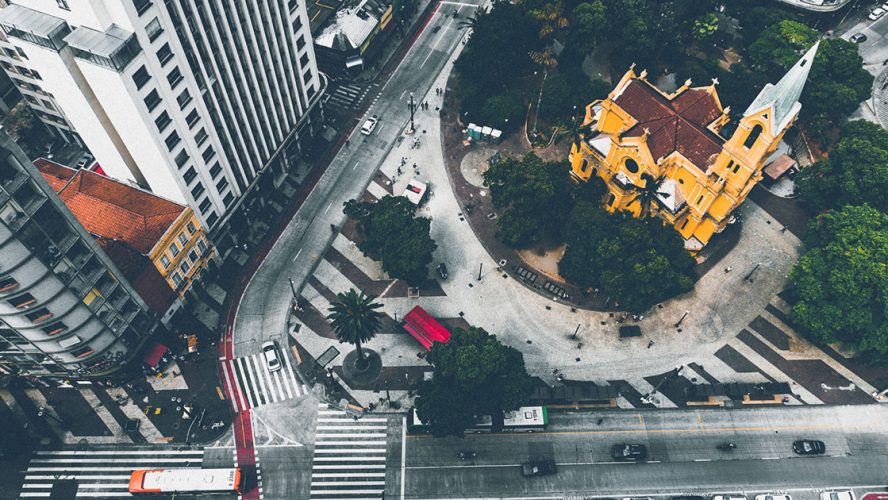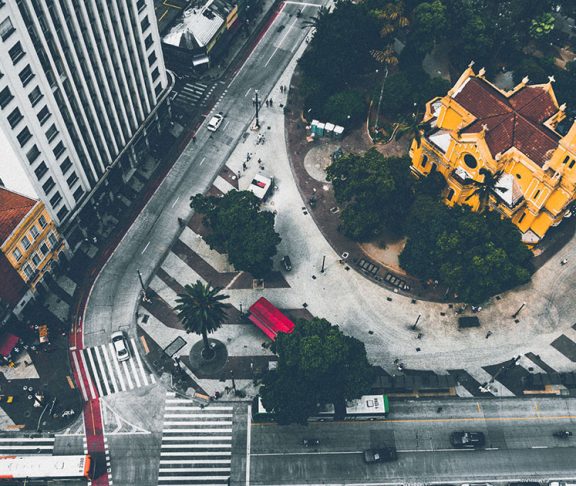Batumi, the second largest city in Georgia, located on the coast of the Black Sea, has grown dramatically in recent years, from a relatively small city into an urban conglomerate. The price to pay for this rapid growth is an increasing population density and one of the highest levels of car concentration in the country, which generates constant traffic congestion and tons of carbon dioxide.
Beating the competition
In 2014, the city adopted a political agenda to make urban development greener and more sustainable and decided — as surveys showed that the major source of GHG emissions was urban transport — that the plan should prioritize the improvement of the urban transportation system.
Public transport is basic, with a fleet of 100 municipal buses and around 450 marshrutkas, or private mini-vans, competing with each other for passengers. Batumi residents prefer to walk (31.44 percent), take public transport (36.02 percent) or ride in a car (30.19 percent). Only 1.27 percent take taxis, and almost no one (0.28 percent) bikes. As the number of cars on the road grows, municipal bus service must offer better service and mobility options in comparison to private cars and marshrutkas in terms of safety, speed, comfort, reliability and affordability.
Sustainable approach
The most important element to green Batumi’s urban mobility was to holistically plan and implement all aspects of sustainable urban transport (SUT) measures. The first step was to conduct comprehensive household urban mobility surveys and traffic counts to gain a clear understanding of mobility patterns and travel behavior that would, in turn, inform a new transport model.
The plan started with two major “urban transport corridors,” connecting southern and northern edges of the city and main arteries of the city in terms of passenger and vehicle flow. Starting with these corridors would not only contribute to GHG emission reduction and congestion alleviation but would yield highly visible results, increasing the buy in of the commuters in this new approach to urban mobility.
The next steps
To ease the corridors’ traffic, two methods are being implemented: making municipal public transport more attractive while, at the same time, discouraging people from using private cars along the corridors. The plan creates dedicated bus lanes for public buses along the corridors. That way, even if there is congestion, buses move at nearly constant speed without any obstacles, and people using private cars will start to reconsider. Exclusive bus lanes require space, which will lead to parking bans along the corridors and the creation of park-and-ride facilities as an alternative for car owners. These will be built on the edges of the transport corridors so that drivers can leave their cars at park-and-drive lots and use Bus Rapid Service to move into the city center. Bus Transfer Terminals are the final piece of greening urban mobility; Located at the end of the corridors, they will serve as transfer stations to public transport for out-of-town commuters.
A green future
More green efforts are yet to come, such as a new parking policy, low-emission buses and extended and integrated bike lanes — the first results of this work will be visible in 2018.
When I talk to Batumiers about the future of our city, we agree that Batumi should be designed for people and not for cars. While we don’t use the term “sustainable urban mobility,” we describe a liveable city exactly in line with the results the new public transportation system will generate: air quality, no traffic jams and more places to walk, bike and leisurely sip our famous coffee.

